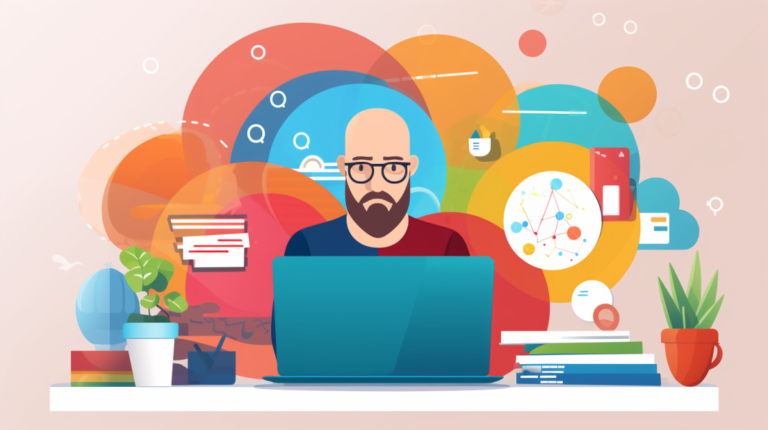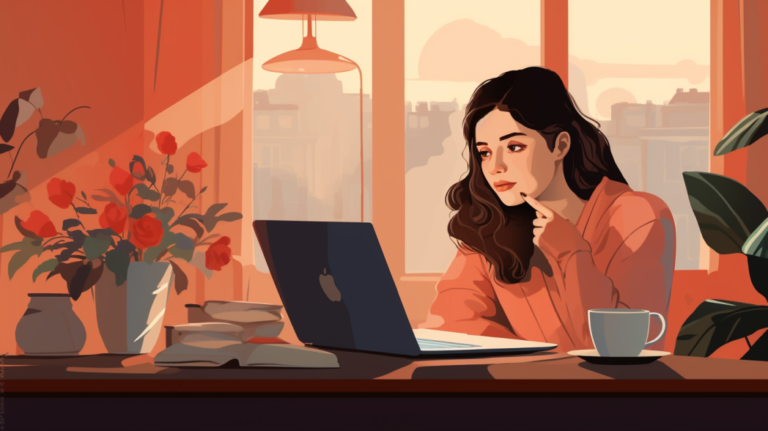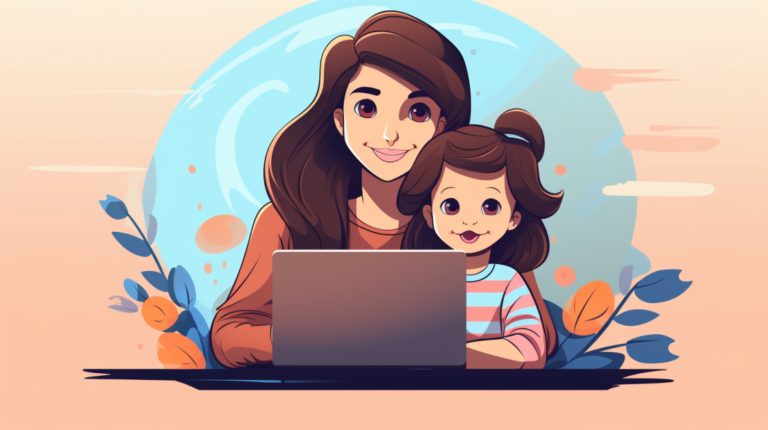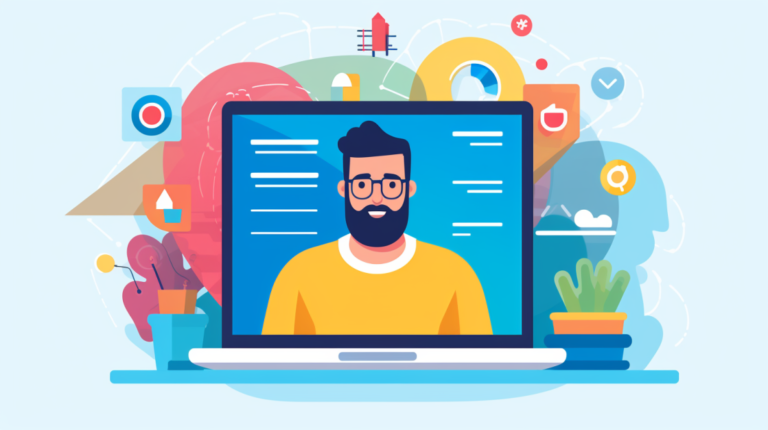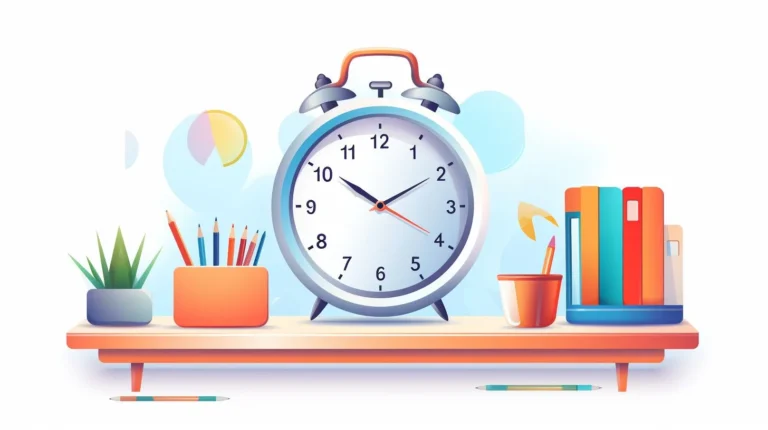How To Handle Work From Home Distractions

It isn’t always a picnic, trying to find some peace and quiet while working from home. Between the constant pull of distractions and the pressure to stay productive, it can feel like you’re walking on a tightrope.
Knowing that 70% of employees are also grappling with this seesaw effect when working remotely, I took it upon myself to seek out practical solutions. So in this blog post, we’re going for an exploration into mitigating those ever-present interruptions – be it the well-meaning family members who just so happen to need something right now, social media notifications beckoning like shiny digital sirens, noises from your corner of suburbia or cityscape seeping in through the walls or windows, or even that pile of laundry casting judgmental looks at you from across the room.
Are you ready to conquer this sea of potential diversions and emerge as a champion of focus? Then let’s dive headfirst into it!
Key Takeaways
- Create a dedicated workspace free from household traffic and noise to minimize distractions while working from home.
- Set daily limits, schedule work hours, and prioritize tasks to stay focused and avoid getting overwhelmed.
- Share your work schedule with household members and use communication tools like whiteboards or signs to establish boundaries for interruptions.
- Utilize tech tips such as removing second monitors, working in offline mode, and turning off push notifications on devices to avoid distractions.
Common Work From Home Distractions
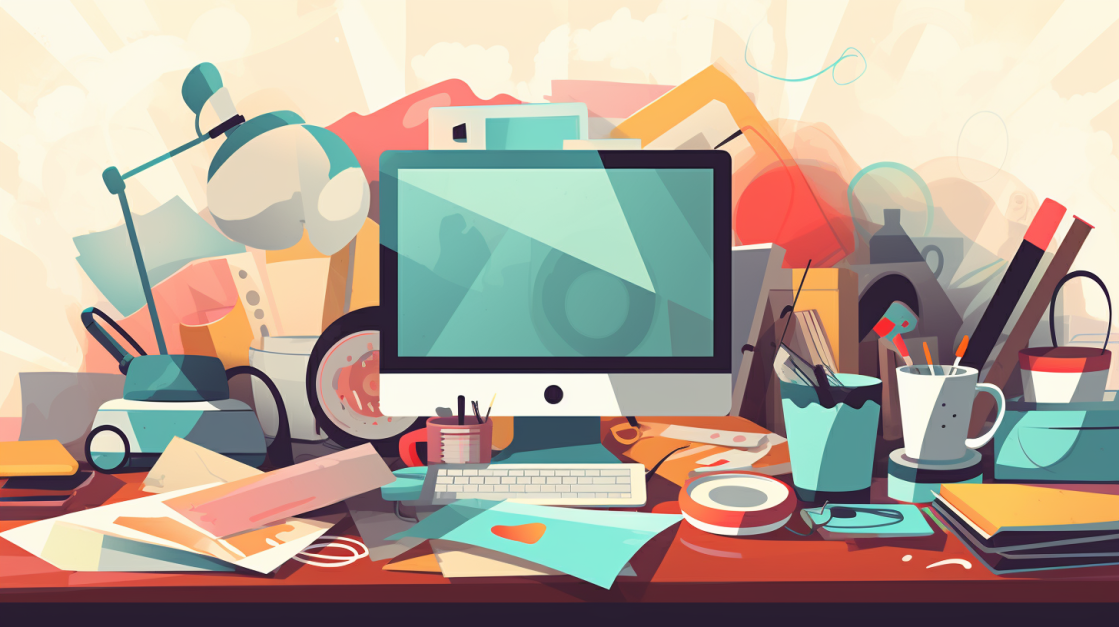
work from home distractions can range from interruptions by family members to the lure of social media and online entertainment.
Interruptions From Family Members
Family members can be a big distraction when I work from home. Even though they mean well, their noise or needs may break my focus. This is hard but there are ways to handle it. One way is making rules about my work time.
I let them know if my office door is closed, this means ‘do not disturb.’ Another big help comes from mute buttons and headphones during important calls or tasks. These tips have helped me avoid family-based distractions at home.
Social Media, Email, and Online Entertainment
Social media sites, emails, and online games can keep us from work. I have learned this the hard way when working from home. Apps like Facebook, TikTok, or video platforms like Netflix are easy to get lost in.
It’s tough to stay away from these distractions. One good trick is to close all tabs that are not about work. Even better, turn off push notifications on your phone for emails and social apps during office hours.
This will help you focus only on your tasks until it’s time for a break!
Outside Noises
Loud sounds can make it hard to work from home. Cars, dogs, and people can all break your focus. You might want to talk to your neighbors if their noise is too much. Just be nice about it.
If that doesn’t help, try using noise-canceling headphones like the Beats Studio Wireless headphones. They can keep out a lot of these outside noises. Sometimes, you may need a quiet place to work where there are no loud sounds at all.
A coworking space or a calm coffee shop can give you this peace and quiet.
Childcare and Pet Distractions
Kids and pets need care during the day. They can take up a lot of time when you’re trying to work from home. If an emergency happens, it is good to have a plan ready for someone else to help with childcare.
Pets can play in another room or with toys while you work. This helps keep noise down and stops them from getting bored.
Housework
Housework can be a major distraction when working from home. It’s easy to get caught up in chores like cleaning, cooking, or doing laundry instead of focusing on your work tasks. The sight of dirty dishes or an untidy living room can pull you away from your work and make it difficult to stay productive.
To minimize the impact of housework distractions, it’s important to create a dedicated workspace that is separate from household chores. By setting boundaries and scheduling specific work hours, you can prioritize your tasks and stay focused on your job responsibilities.
Additionally, considering delegating some housework tasks to other family members or using time management techniques such as the Pomodoro Technique can help you balance your work and domestic duties more effectively.
Strategies to Minimize Distractions

To minimize distractions while working from home, creating a dedicated workspace and setting daily limits are effective strategies.
Creating a Dedicated Workspace
To minimize distractions while working from home, creating a dedicated workspace is essential. Find a quiet area in your home where you can set up your office space. It could be a spare room, a corner of your living room, or even just a desk in your bedroom.
Make sure it’s an area that is free from household traffic and noise as much as possible. Organize the space with all the tools and equipment you need for work, such as your computer, notebooks, pens, and anything else you regularly use.
Having a designated workspace will help signal to yourself and others that when you’re in that area, you are focused on work and should not be disturbed unnecessarily.
Setting Daily Limits
To stay focused while working from home, I set daily limits. Here’s what I do:
- I decide how many hours I want to work each day.
- I make a schedule and stick to it.
- I set specific start and end times for my workday.
- I prioritize my tasks and focus on the most important ones first.
- I take short breaks throughout the day to recharge.
- I avoid overworking by setting boundaries with myself and others.
Scheduling Work Hours
To minimize distractions while working from home, it’s important to schedule your work hours. Here are some strategies to help you stay focused and productive:
- Set a consistent start and end time for your workday.
- Create a daily work schedule and stick to it.
- Prioritize your tasks and allocate specific time blocks for each task.
- Use a calendar or planner to keep track of your schedule.
- Take breaks at regular intervals to rest and recharge.
- Avoid scheduling non-work-related activities during your designated work hours.
- Communicate your availability to family members or housemates to minimize interruptions.
Investing in Noise-Blocking Headphones
Investing in noise-blocking headphones is a great strategy to minimize distractions while working from home. These headphones can help create a focused and productive work environment by blocking out external noise.
They are especially beneficial for individuals who struggle with noise distractions at home, such as loud neighbors or household activities. By wearing noise-blocking headphones, you can enhance your concentration and productivity, ultimately improving the quality of your work-from-home experience.
It’s important to invest in headphones with good sound quality to ensure that they effectively block out unwanted noises and provide you with a quiet space to focus on your tasks.
Implementing a Workflow Management System
Implementing a workflow management system is crucial for minimizing distractions while working from home. This system helps me stay organized, focused, and on track with my tasks. I utilize tools such as project management apps like Todoist or Trello to keep track of my to-do list and prioritize my work.
By breaking down larger projects into smaller manageable tasks, it becomes easier for me to stay focused and avoid getting overwhelmed. Additionally, I make use of email processing techniques to efficiently manage incoming messages and avoid constant interruptions throughout the day.
Overall, implementing a workflow management system has greatly improved my productivity and helped me maintain a more structured work routine at home.
Strategies for Communication and Boundaries
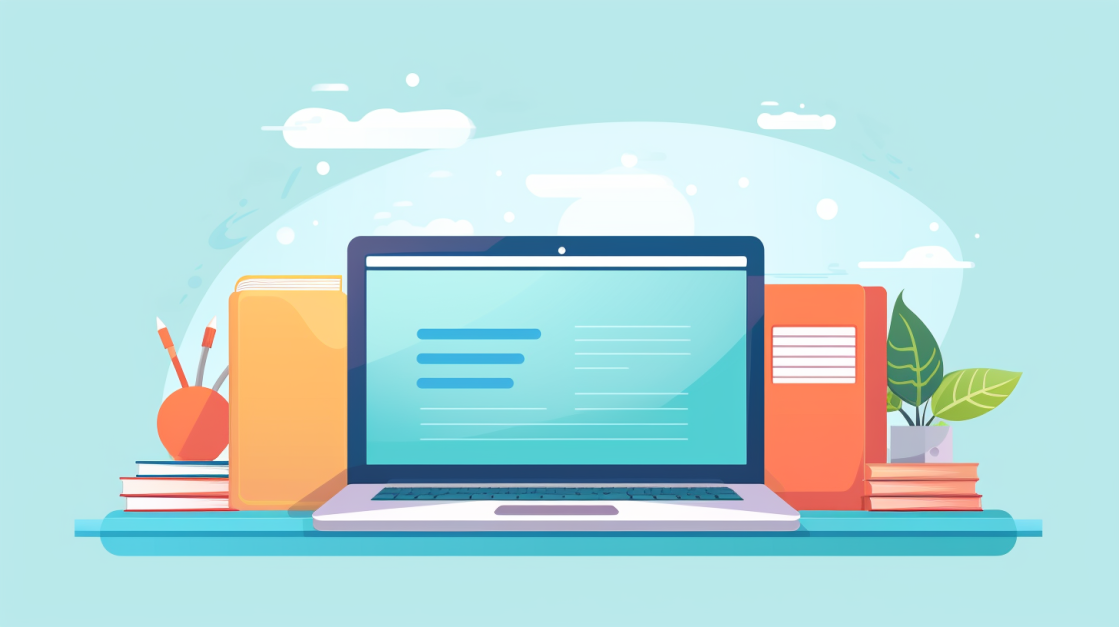
To effectively manage distractions while working from home, it is crucial to establish clear communication and boundaries with your household members.
Sharing Your Schedule with House Members
To minimize distractions while working from home, it is important to share your schedule with the people you live with. This helps them understand when you need uninterrupted time for work. Here are some tips for sharing your schedule:
- Discuss your work hours and breaks with your house members so they know when you are available and when you need focused time.
- Use a shared calendar app or a physical whiteboard to display your work schedule. This makes it easy for everyone to see when you are busy.
- Communicate any changes or updates to your schedule in advance, so that everyone can plan accordingly.
- Encourage open communication and ask house members to let you know if they have any specific needs or concerns during your work hours.
- Consider setting up designated “quiet zones” in your home where interruptions are minimized during certain times of the day.
Using a Whiteboard or Other Signs to Communicate Availability
I display a sign indicating my availability while working from home. This helps establish clear communication and sets boundaries for interruptions. By implementing a color-coded system, such as green for “available” and red for “do not disturb,” I can effectively communicate my availability to others in the household. Using this strategy creates a more productive work environment and maintains better work-life balance. It is important to communicate these boundaries and strategies to others in the household to ensure mutual understanding and respect.
Setting Clear After-Hours Expectations for Work Email
Setting clear after-hours expectations for work email is important to maintain a healthy work-life balance. Here are some tips for doing so:
- Communicate with your colleagues and supervisors about the specific hours when you are available to respond to work emails.
- Set boundaries by not checking or responding to work emails outside of those designated hours.
- Use automatic email replies or out-of-office messages to inform people that you will not be available during certain times.
- Prioritize self-care and personal time during your off-hours to avoid burnout.
Tech Tips to Avoid Distractions
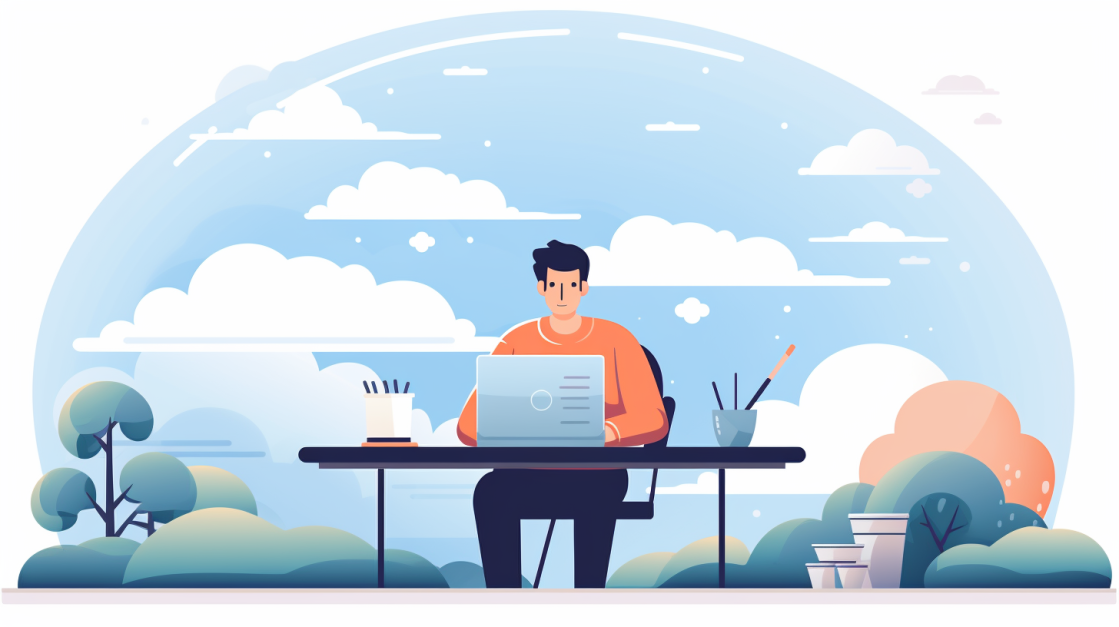
To avoid distractions while working from home, try removing your second monitor, working in offline mode, and turning off push notifications on your devices. Additionally, consider using a separate work computer to create physical and mental boundaries between work and personal life.
Removing Second Monitor
I find that removing my second monitor helps me stay focused while working from home. Here are some reasons why it works for me:
- It eliminates the temptation to have multiple windows or applications open at once, which can easily distract me.
- With only one screen to work on, I can prioritize my tasks and focus on one thing at a time.
- It helps reduce visual clutter and creates a cleaner workspace, allowing me to concentrate better.
- By removing the second monitor, I am less likely to get lost in multitasking and can dedicate my full attention to the task at hand.
Working in Offline Mode
When you’re working from home, one strategy to minimize distractions is working in offline mode. Here are some benefits of this approach:
- No internet browsing: By disconnecting from the internet, you eliminate the temptation to browse social media or get lost in online entertainment.
- No email notifications: Without your email constantly pinging with new messages, you can stay focused on your work without the interruptions.
- No instant messaging distractions: Working offline means you won’t receive notifications from messaging apps, allowing you to concentrate on your tasks without being pulled into conversations.
- Reduced digital distractions: Without the constant stream of notifications and alerts, you can maintain better concentration and productivity.
- Increased focus and efficiency: By removing online distractions, you create an environment that promotes deep work and helps you accomplish more in less time.
Turning Off Push Notifications
To minimize distractions while working from home, one effective strategy is to turn off push notifications. Here’s how you can do it:
- Go to the settings on your device.
- Look for the section that manages notifications.
- Disable or turn off notifications for non-work-related apps and platforms.
- Prioritize work – related notifications and set them to display only when necessary.
- By turning off push notifications, you can stay focused on your tasks without constant interruptions.
Using a Separate Work Computer
Using a separate work computer can be incredibly helpful in minimizing distractions and maintaining focus while working from home. Here are some reasons why:
- It helps create clear boundaries between work and personal life.
- Having a dedicated work computer allows you to avoid distractions from social media, email, and online entertainment.
- By using a separate computer, you can ensure that all the necessary work tools and software are readily available without cluttering your personal computer.
- Closing excess windows on the work computer can help minimize distractions and stay focused on your tasks.
- Silencing or shutting off news alerts and pop-ups on the work computer can also contribute to a distraction-free workspace.
- Using a separate work computer enables you to address external noises on a case-by-case basis by utilizing noise-canceling headphones.
The Importance of Breaks and Self-Care

Taking regular breaks and prioritizing self-care are essential for maintaining focus and productivity while working from home.
Regular Exercise and Breaks
Regular exercise and breaks are crucial for managing distractions while working from home. They help maintain focus and productivity. Here are some important facts to consider:
- Regular exercise can reduce stress levels and improve mental health.
- Taking breaks allows you to recharge and prevent burnout.
- Engaging in physical activity boosts brainpower and cognitive capacity.
- Exercise increases energy levels, helping you stay alert and focused during work hours.
- Take short exercise breaks throughout the day, such as stretching or doing quick exercises like jumping jacks or squats.
- Schedule longer exercise sessions, like going for a walk or following an online workout video, before or after your work hours.
- Find ways to make physical activity enjoyable by exploring different fitness routines or activities that you love, like dancing, yoga, or playing a sport.
Dressing Up for Work
When working from home, it can be tempting to stay in your pajamas all day. However, I have found that dressing up for work can actually improve my productivity and mindset. Putting on professional attire helps me transition into a work-focused mindset and signals to myself and others that I am ready to get things done.
It gives me more confidence and motivation throughout the day. So even though no one may see you, consider getting dressed in clothes that make you feel professional and productive while working from home.
Keeping Electronics Out of Sight during Breaks
During breaks, it’s important to keep electronics out of sight. Here are some reasons why and tips on how to do it:
- Constantly being connected to electronic devices can have negative effects on our well – being.
- Taking breaks from screens can help us recharge and reduce eye strain.
- By keeping electronics out of sight, we can avoid the temptation to check messages or get distracted.
- Put your smartphone in a drawer or another room.
- Turn off notifications or put your devices on silent mode.
- Use a physical timer or alarm clock instead of relying on your phone.
- Create a designated space where you can place your laptop or tablet when not in use.
- Fill your break time with activities that don’t involve screens, such as reading a book, taking a walk, or practicing mindfulness.
Conclusion
In conclusion, managing work from home distractions is essential for productivity. By creating a dedicated workspace, setting daily limits, and communicating boundaries with family members, you can minimize interruptions.
Using tech tips like removing second monitors and turning off notifications can also help stay focused. Remember to take breaks and practice self-care to maintain your efficiency. With the right strategies in place, you can successfully handle work from home distractions and achieve your goals.

